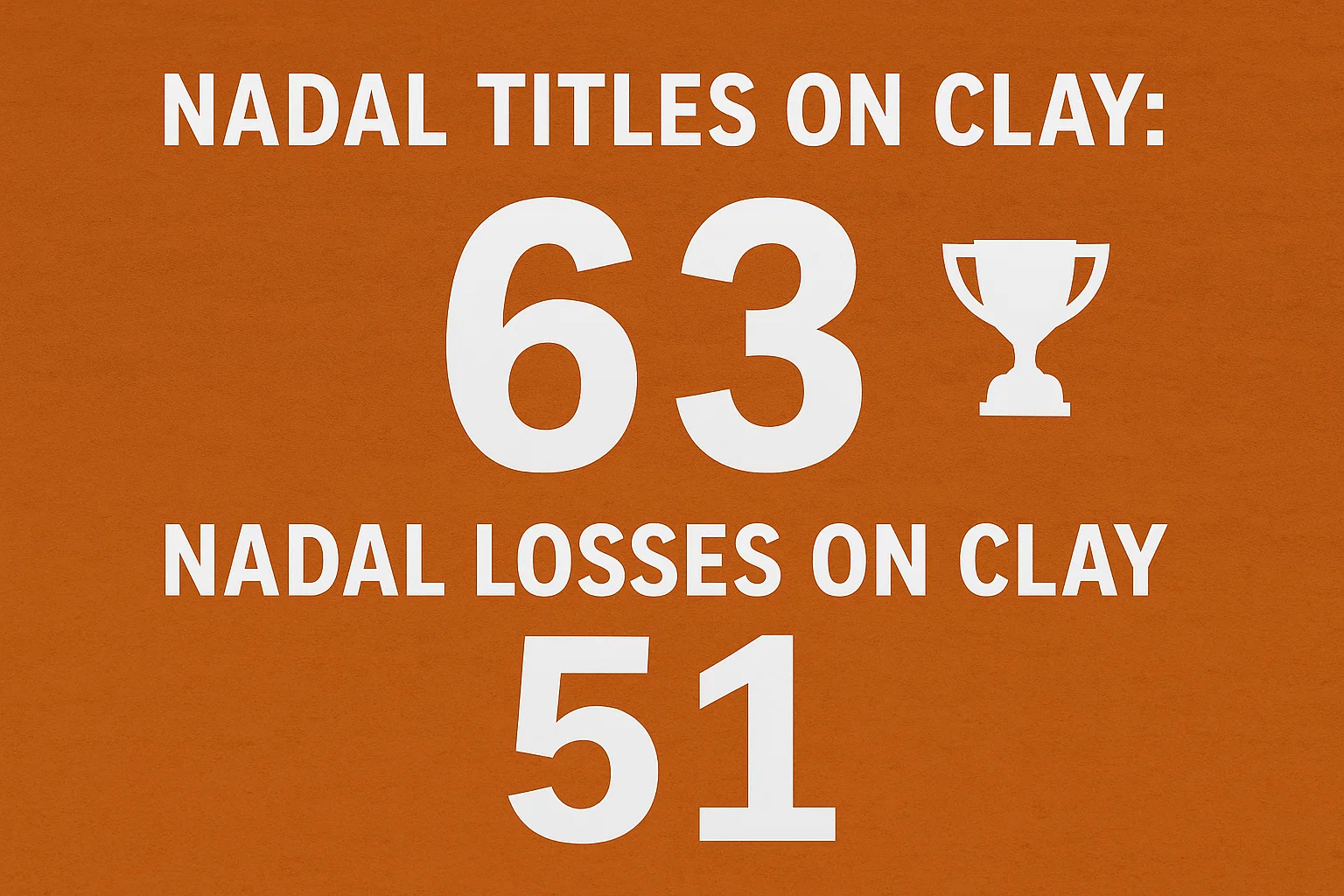As the sun rises over the iconic red clay courts of Roland Garros, tennis enthusiasts can’t help but reminisce about the extraordinary legacy of Rafael Nadal. His dominance at the French Open from 2005 to 2008 is a testament to his unrivaled skill and competitive spirit, a period that solidified his reputation as one of the greatest clay-court players in history.
Nadal made an unforgettable entrance to the French Open in 2005. At just 19 years old, he showcased his incredible prowess on clay, powered by an explosive forehand and strategic gameplay. He dispatched opponents with remarkable efficiency, culminating in a gripping semifinal victory over the legendary Roger Federer, followed by a triumphant final against Mariano Puerta. This victory marked the beginning of an era that would see Nadal become nearly untouchable on Parisian soil.
The following year, 2006, further underscored Nadal’s growing supremacy at Roland Garros. He dropped only two sets before again facing Federer in the final. This time, Nadal emerged victorious, further establishing his dominance and setting the stage for what would become a thrilling trilogy of finals against Federer.
From 2007 to 2008, Nadal reached an unparalleled peak of performance, experiencing what many consider to be the peak of his career. He dropped just a solitary set in the entire 2007 tournament, showcasing his consistency and resilience. The final match against Federer in 2008 was especially historic, considered one of the greatest matches in tennis history. The two rivals battled tirelessly on the clay, with Nadal ultimately capturing his fourth consecutive title, effectively etching his name in the annals of tennis lore.
Nadal’s formidable serve and unmatched athleticism were emblematic of his game. His ability to outmaneuver opponents while maintaining relentless pressure made it clear that he had mastered the nuances of clay-court play. As he piled up victories, it became evident that he was not just a remarkable player; he was a phenomenon.
However, even the most dominant streaks face adversity, and Nadal’s unbeaten run was no exception. In 2009, he suffered an unexpected defeat against Robin Soderling in the fourth round, a match that sent shockwaves throughout the tennis community. It was a moment that hinted at the challenges of sustaining such a high level of performance in a physically demanding sport. Yet, rather than allowing this setback to define him, Nadal rebounded spectacularly, clinching five consecutive French Open titles from 2010 to 2015, a feat that further solidified his legacy as the master of clay.
Nadal’s total of 14 French Open titles offers an astonishing testament to his dominance at Roland Garros. His uncanny ability to adapt his game, coupled with an unparalleled work ethic, has not only set him apart from his contemporaries but has also captivated tennis fans worldwide. Nadal’s enduring legacy goes beyond statistics; it encapsulates the embodiment of perseverance and passion that has inspired countless individuals.
Looking back on Nadal’s time at Roland Garros, it is essential to recognize that his legacy consists of more than just titles. He stands as a symbol of sportsmanship, an ambassador for tennis who has shown genuine respect for his opponents and the sport itself. The joy and humility Nadal exhibits on and off the court have made him a beloved figure across generations.
As the sun sets over Roland Garros each year, the story of Rafael Nadal continues to resonate, encapsulating the essence of what it means to be a champion. His remarkable journey has left an indelible mark on the sport of tennis and ensures that his legacy will be celebrated for generations to come.

Leave a Reply